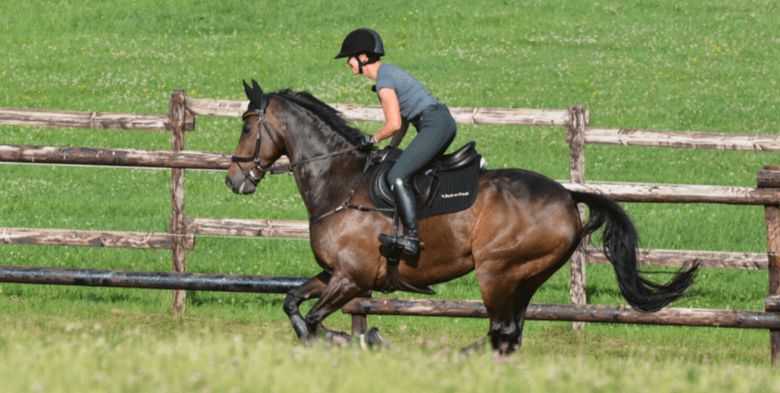What is the scoring system in cross-country riding?

Introduction
Cross-country riding tests both horse and rider with a course filled with diverse obstacles and varied terrain, making it a thrilling part of three-phase eventing competitions. This article provides a detailed examination of the scoring system used in cross-country riding, exploring how penalties are assessed, the importance of time management, and strategies to achieve the best scores.
The Basics of Cross-Country Riding
Cross-country riding is a critical phase in eventing, emphasizing the partnership between horse and rider as they navigate through a series of obstacles over natural terrain. Unlike the controlled environments of dressage or show jumping, cross-country requires adaptability and quick thinking.
Understanding Penalties in Cross-Country Riding
Jumping Penalties
- Refusals and Run-Outs: Each refusal or run-out at an obstacle incurs significant penalties, which can drastically affect a competitor’s ranking.
- Falls: Falls are among the most severe penalties, with a rider fall resulting in immediate elimination to ensure safety.
Time Penalties
- Exceeding the Optimum Time: Time penalties accumulate if a rider takes longer than the optimum time, adding 0.4 penalties for each second over.
- Coming in Under Time: In certain competitions, riding too quickly can also lead to penalties, ensuring that riders maintain a balance between speed and caution.
Additional Penalties
How Scores are Calculated in Cross-Country Riding
The scoring is straightforward: the fewer the penalties, the better the score. This total is then factored into the overall eventing score, influencing the rider’s standing in the competition.
Factors Influencing Cross-Country Scores
Horse and Rider Fitness
Optimal fitness levels are crucial as they directly impact the horse and rider’s ability to navigate the course efficiently and safely.
Course Complexity and Weather Conditions
The nature of the course and prevailing weather conditions can dramatically affect the difficulty of the cross-country phase, requiring riders to adjust their strategies accordingly.
Strategies for Minimizing Penalties in Cross-Country
Preparation and Training
Extensive preparation and familiarity with the horse are vital for navigating the cross-country course effectively.
Course Walk-Through
Prior to competing, walking the course gives riders a strategic advantage, allowing them to plan their route and anticipate challenges.
The Role of Officials in Cross-Country Scoring
Officials ensure the competition runs smoothly and fairly, overseeing all aspects of scoring and adherence to the rules.
Technological Advances in Scoring
Innovations like GPS tracking and digital timing systems have enhanced the precision and fairness of scoring methods.
Cross-Country Riding in Major Competitions
This segment details how cross-country is integrated into major international competitions, such as the Olympics, highlighting any specific rules or scoring adjustments.
Comparative Analysis: Cross-Country vs. Other Equestrian Disciplines
This analysis offers insights into how cross-country scoring differs from other phases like dressage and show jumping, underlining the unique challenges it presents.
Frequently Asked Questions
What happens if a rider exceeds the allotted time in a cross-country course?
Exceeding the allotted time results in time penalties, with each second over the optimum time adding 0.4 penalties to the rider’s score.
How are refusals and falls differentiated in the scoring system?
Refusals lead to penalty points, typically 20 for the first refusal at an obstacle, while falls generally result in elimination from the competition.
What is the impact of weather on a cross-country course?
Adverse weather can increase the difficulty of the course, affecting ground conditions and visibility, thereby influencing rider strategy and safety.
Can a rider be penalized for finishing too quickly?
Yes, in some competitions, finishing under the optimum time can incur penalties, emphasizing the importance of precise speed management.
How do officials ensure fairness in scoring during cross-country competitions?
Officials use standardized rules and technologies like electronic timing systems to track and record performances accurately, ensuring fairness and consistency in scoring.
What technological tools are used in scoring cross-country riding?
Modern tools include GPS for tracking routes and digital systems for timing, helping to ensure accurate and fair scoring.





